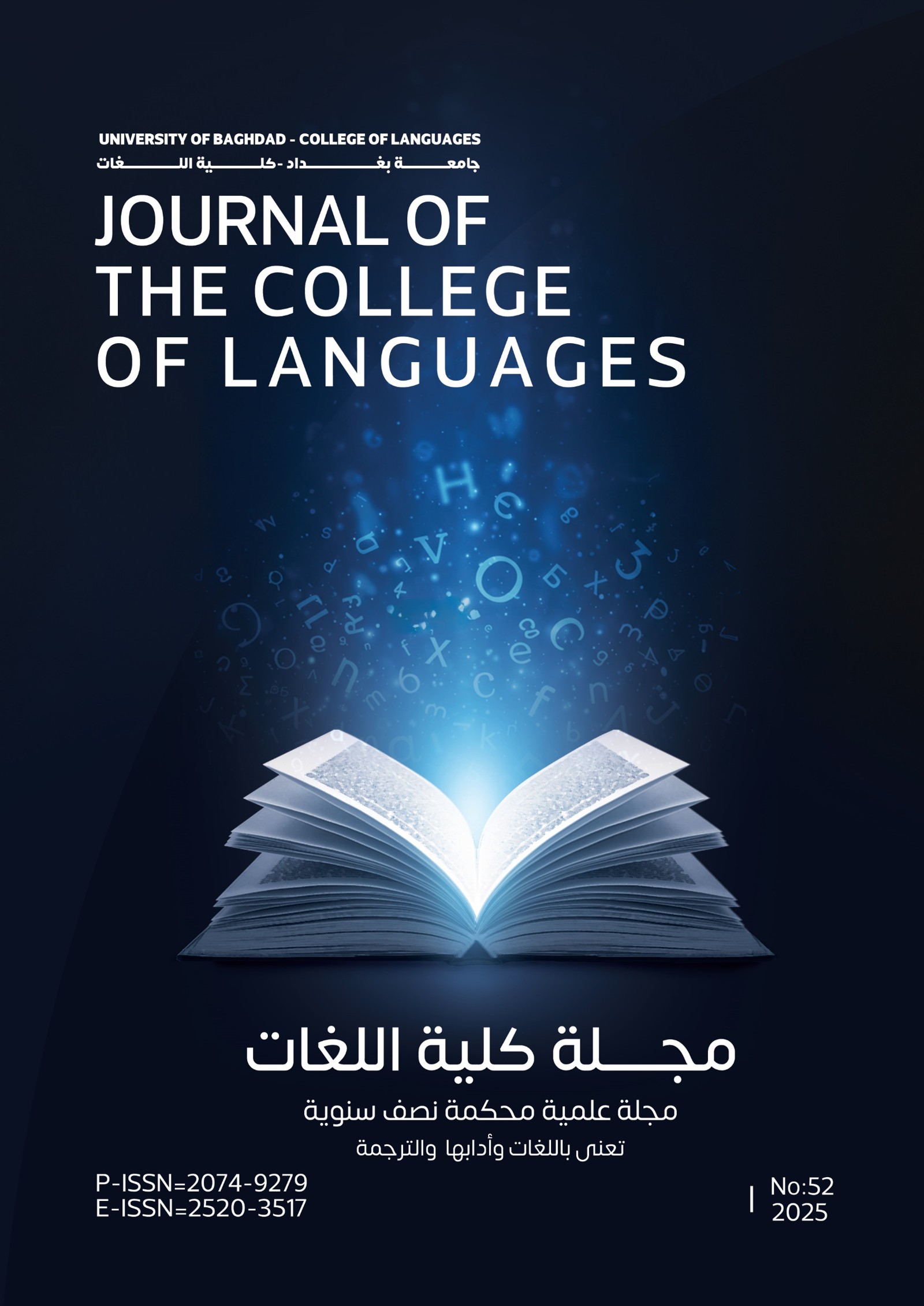Evaluating the Proposed Curriculum of TEFL for First Intermediate Class Students in AL-Muthannah Governorate for the Second Semester/2007-2008
Abstract
During the 1970s, communicative view of language teaching began to be incorporated into syllabus design. The central question for the proponents of this view was: what does the learner want/need to do with the target language? This lead to the emergence of a teaching method (or approach) called communicative language teaching (CLT) during the late 1970s and early 1980s focusing on the functions that must be incorporated into a classroom. According to Brown (2001:43) CLT is a unified but broadly based, theoretically well informed set of tenets about the nature of language and of language learning and teaching. Harmer (2001:84) states that the communicative approach is the name which was given to a set of beliefs which included not only a re-examination of what aspects of language to teach, but also a shift in emphasis in how to teach. The "what to teach" aspect of the CLT stressed the significance of language functions rather than
151
focusing solely on grammar and vocabulary. The "how to teach" aspect of the CLT is closely related to the idea that language learning will take care of itself, and that plentiful exposure to language in use and plenty of opportunities to use it are vitally important for a student's development of knowledge and skill.







